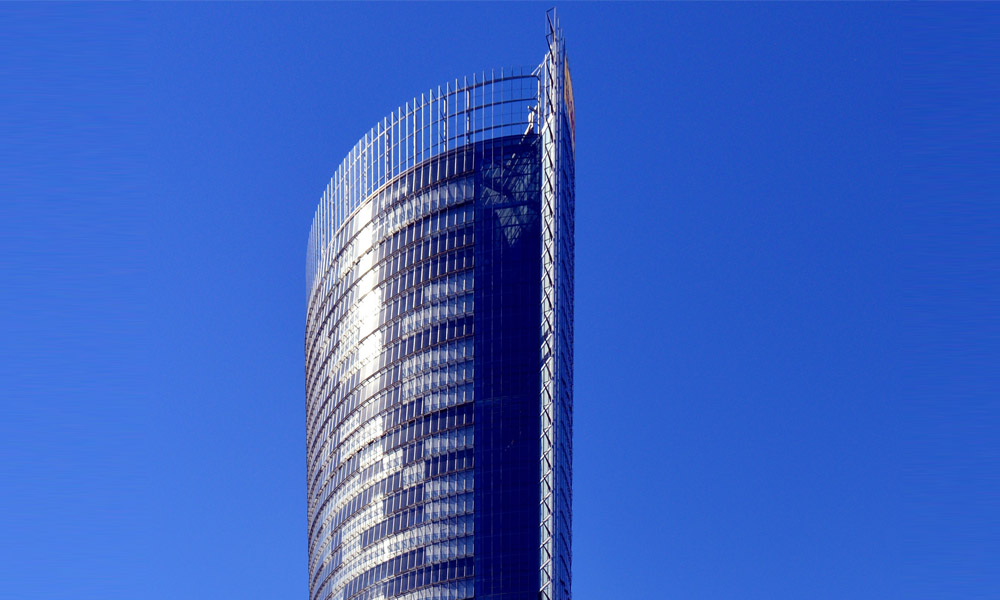

Understanding the Cost of Low-E Glass per Square Metre
Low-emissivity (low-E) glass has become increasingly popular in modern architecture and construction due to its energy-efficient properties. As concerns about energy consumption and environmental sustainability rise, many builders and homeowners are considering low-E glass as a viable option for windows and facades. But what exactly influences the cost of low-E glass per square metre, and why is it worth the investment?
Low-E glass is coated with a thin layer of metallic oxides that reflects heat back into the building during colder months while keeping out the sun’s heat during warmer months. This unique feature helps maintain indoor temperatures, thereby reducing the reliance on heating and cooling systems. The initial investment in low-E glass may be higher than standard glass; however, the long-term savings on energy bills can offset this cost over time.
When evaluating the cost per square metre of low-E glass, several factors come into play. First, the type of low-E coating can significantly affect the price. There are two primary types of low-E coatings hard-coat and soft-coat. Hard-coat low-E glass is typically less expensive and more robust, making it a good choice for exterior applications. In contrast, soft-coat low-E glass offers superior thermal performance and clarity, but it tends to be pricier.

Another factor impacting the cost is the glass thickness and size. Thicker, larger panes tend to increase the overall price due to the more complex manufacturing processes involved. Additionally, custom sizes or unique shapes will also incur added expenses.
The supplier and installation process should also be considered. Different manufacturers may offer varying prices based on their production techniques, warranty options, and brand reputation. Moreover, the cost of installation can vary significantly, depending on whether the installation is straightforward or requires additional structural modifications.
Another critical consideration is the region where the glass is purchased and installed. Transportation costs, local labor rates, and regional demand can all influence the final price. For example, urban areas might see higher costs due to increased demand and living expenses compared to rural locations.
In conclusion, while the cost of low-E glass per square metre can be higher than traditional glass options, the benefits it provides in terms of energy efficiency and comfort are substantial. By understanding the factors that influence its cost, homeowners and builders can make informed decisions that lead to better energy efficiency, lower utility bills, and a more sustainable living environment. Investing in low-E glass not only enhances the quality of a building but also contributes positively to the overall ecosystem by reducing energy consumption.